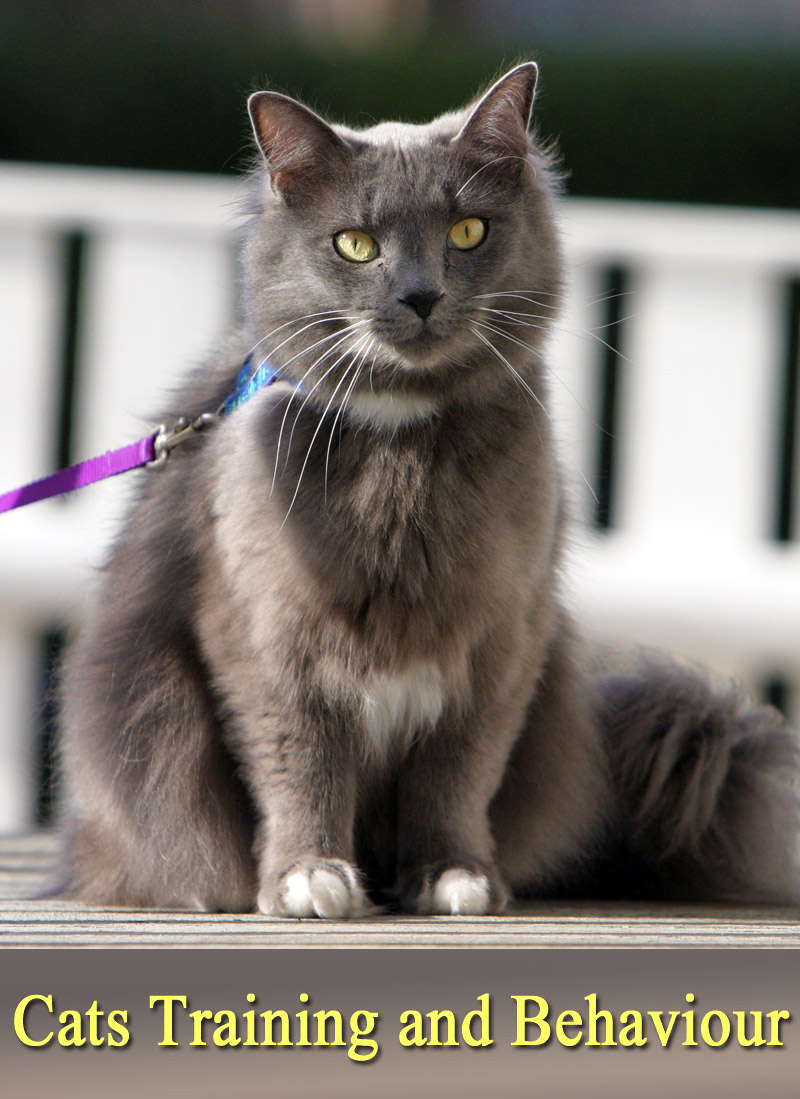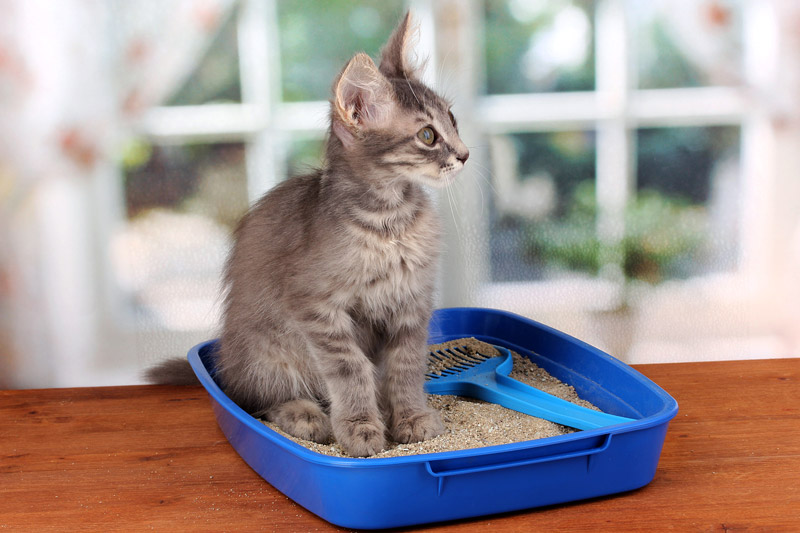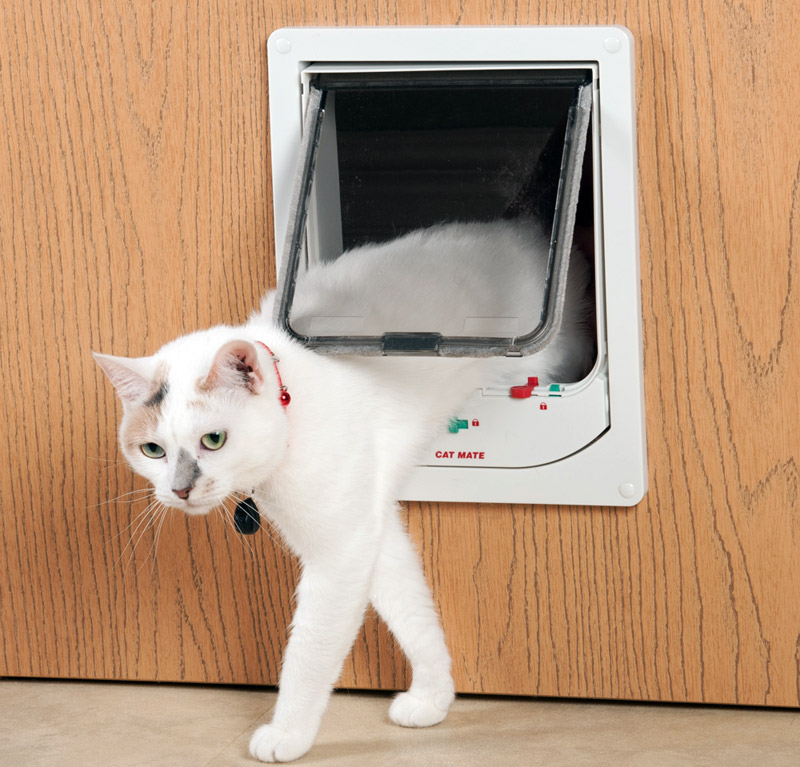
Cats Training tips: Growing Up
Best time to start cats training is when they’re young. While we may not be able to teach cats to “sit” and “fetch” – they’re far too proud for that! – we can certainly teach them the boundaries of the home, and how to make sure they’re living according to your house rules.
Getting them housebroken will likely be your first step, so it’s important to start teaching as soon as you can. You can take a look at the guide below for tips on how to start cats training.
Toilet training
Teaching your cat to use the litter tray should be a fairly easy process; cats are very clean animals anyway, and will soon adjust to the idea of having one dedicated spot to make messes in.
Place your litter box in a quiet area of the house, away from the cat’s bed and food. Encourage them to use it by taking them there after meals, sleeping and play time, and restrict their freedom around the house until they are relaxed and happy to use the litter tray reliably. With a little patience, you’ll get them trained up in no time at all.
You’ll also need to get yourself trained up, to make sure the cats stick by the rules! Your cats will stop using the tray if it smells bad, or even if it smells too clean – try to find an odour-free detergent to clean it with. There may still be some accidents, but remember that the main reason for this is usually stress and anxiety, so punishing them will be counter-productive. Fear of invasion by another cat is usually the cause of stress, and there are a few things you can do to help alleviate this:
- Clean the area where your cat had an accident and use odour-absorbing crystals to remove unpleasant smells
- Feed your cat close to where they last had an accident
- Try changing the type of litter used – some cats can be fussy!
- Give your cat lots of love and praise. The most important thing to remember is not to punish them, as this can add to their feeling of insecurity, and cause them to have more little accidents. Make sure they get plenty of cuddles!
Getting used to the outdoors
Many cats are quite happy living as indoor pets, while others would much rather be exploring the outdoors. If you plan on allowing your cat out, it’s important to start gradually, until you’re sure they’re confident enough. A harness and a lead is a good way to get them used to the sights and smells of the neighbourhood, and let them become familiar with other people, cats and even dogs walking past!
Once your cat is used to coming in and out, you may also want to train them to use a cat flap. These give your cat much more freedom, but they may be reluctant to use it at first – here’s a quick guide to get them used to using it:
- Prop the flap right open, by sticking a piece of blu-tack in the hinge.
- Take your cat outside, and encourage it to jump through the flap. Don’t push them or lift them in – make sure they go through of their own accord!
- Lower the flap slightly, and repeat the process, until they eventually have to push the flap to get out.
Bear in mind that once your pet starts exploring outside, you may find a little gift on your doorstep once in a while! Bringing birds and mice back after an afternoon hunting is a natural feline instinct, and your cat will feel that it’s honouring you with the proceeds of its hunt, so try not to punish them for doing so! If it becomes a regular occurrence you can attach a bell to your cat’s collar, or even buy collars with flashing alarms to give smaller prey advance warning!







Leave a Reply